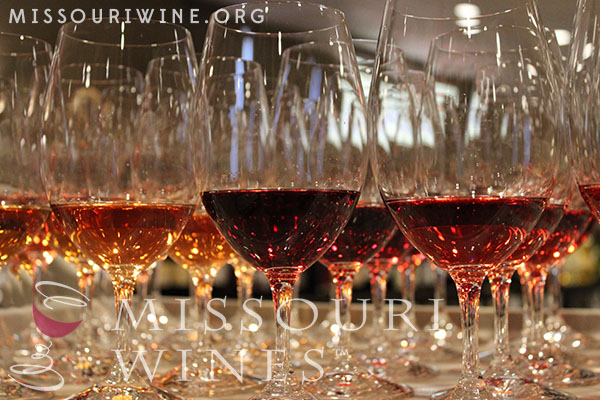October 02, 2015
Rosé wines are a bit of a mystery to many people. Let us shed some light on the subject of this delicious category of wine. First off, we need to bust the myth that all rosés are made by mixing white and red wine together. This is not the most common method. Secondly, we need to clarify one hugely important fact: Most wine grapes have clear juice, regardless of the color of the skin. The color of wine comes from the must (skins and seeds).

The majority of rosé wines are made via the skin contact method where red grapes are crushed and the skins are allowed to remain in contact with the juice for a short period, often called maceration. This time period can range from a few hours to a few days. The must is then pressed and discarded, unlike with the red wine making process in which the skins remain with the juice throughout fermentation.
Rosé wines can vary in color greatly, but they are generally some shade of pink, sometimes with a hint of orange or purple. The longer the juice macerates with the skins, the darker the color. The type of grape also affects the color of the resulting rosé wine. Whatever the shade, they are a pleasing pink color which has garnered them a fair amount of popularity all over the world (and definitely here in Missouri).
The unique flavors, aromas, and characteristics of rosé wines vary based on the grapes used, but overall they are light and fruity. This is due to the winemaking process. Their light, fruity nature makes them a great pairing for many different foods such as salads and vegetables, fish, spicy foods, barbecue, and cheeses. The versatility of rosé wines is another reason they are a crowd favorite.
You may have heard the term “blush” wine and wondered, “Is that the same thing as rosé?”. Well, the answer is a tad complicated. Rosé is a term with a long history whereas the term blush is rather new. A blush wine generally refers to a sweeter rosé wine. Yes, that means not all rosé wines are sweet. In fact there are many dry rosés. Rosé wines can run the entire gamut of sweetness from very sweet to bone dry. Don’t judge a wine by its color. It’s always a good idea check the sweetness level of a rosé you’re purchasing.
So, we’ve covered how rosé wines are made, where they get their color, unique characteristics and pairings, and sweetness level. What have we missed? Oh, yes. Age! Because of the short time rosé wines spend on the skins, they are meant to be enjoyed young. If you’re used to hearing the-older-the-better with wine… forget it. In the case of rosés, the fresher the better!
Missouri winemakers are no strangers to rosé wines. Due to the nature of rosé wines (enjoy young, remember!) it’s difficult to have a comprehensive list of rosés made in the state, but here’s a start if you’re looking to track down some locally made rosé wines. Another great place to look is our trophy case where you can find award winning rosé wines.
It’s the perfect time of year to explore rosé wines; perhaps with your Valentine?
Missouri rosé wines pair well with Valentine’s Day!

